Egypt Opts for Chinese J-10C Fighters, Shifting Away from US Military Hardware
Egypt has signed a deal with China to purchase J-10C fighter jets on August 19, 2024, marking a significant shift in its defense procurement strategy. The agreement makes Egypt the second international customer for the J-10C after Pakistan and aims to replace Egypt’s aging F-16 fleet with these modern multirole fighters. This decision comes after Egypt rejected offers from the United States and Russia, including a proposal to upgrade its existing F-16s to the F-16V standard. The move reflects Egypt’s efforts to diversify its military suppliers and modernize its air force capabilities, moving away from its traditional reliance on Western, particularly American, military equipment.
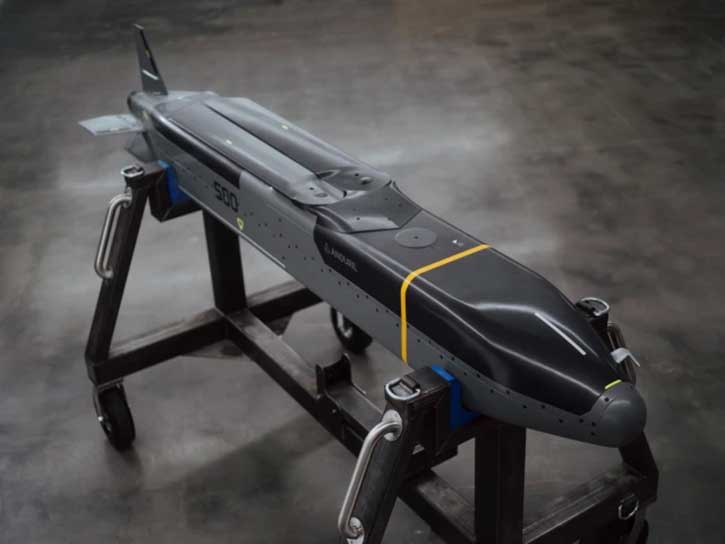
Anduril Introduces Cost-Effective Autonomous Cruise Missiles to Boost U.S. Military Capabilities
Defense technology company Anduril Industries has unveiled its new “Barracuda” family of autonomous cruise missiles, which is currently in the flight-testing phase. The family includes three variants: Barracuda-100, Barracuda-250, and Barracuda-500, each designed for different launch platforms and mission types. All variants share common subsystems and capabilities, including long-range travel, payload capacity over 100 pounds, and the ability to loiter for more than two hours. Anduril has focused on cost-effectiveness and simplified production, with the missiles requiring fewer tools and parts than traditional systems, resulting in a 30% cost reduction compared to comparable missiles. The development aims to address the U.S. military’s need for increased stockpiles of precision weapons to enhance deterrence against peer competitors. (read more)
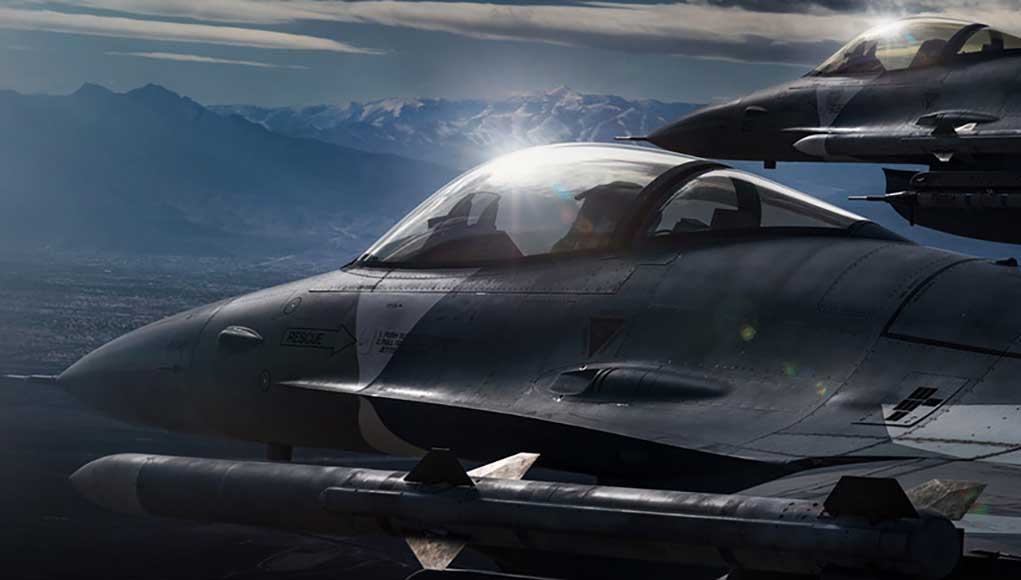 DARPA Funds BAE Systems’ AI Combat Pilot Development with $4 Million Contract
DARPA Funds BAE Systems’ AI Combat Pilot Development with $4 Million Contract
DARPA has awarded BAE Systems’ FAST Labs a $4 million contract for Phase 1 of the Artificial Intelligence Reinforcements (AIR) program. The project aims to develop AI-driven autonomous systems for beyond-visual-range air combat missions using F-16 testbeds. BAE Systems will use machine learning to create simulation models of sensors, electronic warfare systems, and weapons in dynamic environments. The work, to be conducted in Arlington, Virginia, and Burlington, Massachusetts, seeks to generate reliable autonomous air combat performance through extensive data and testing cycles.
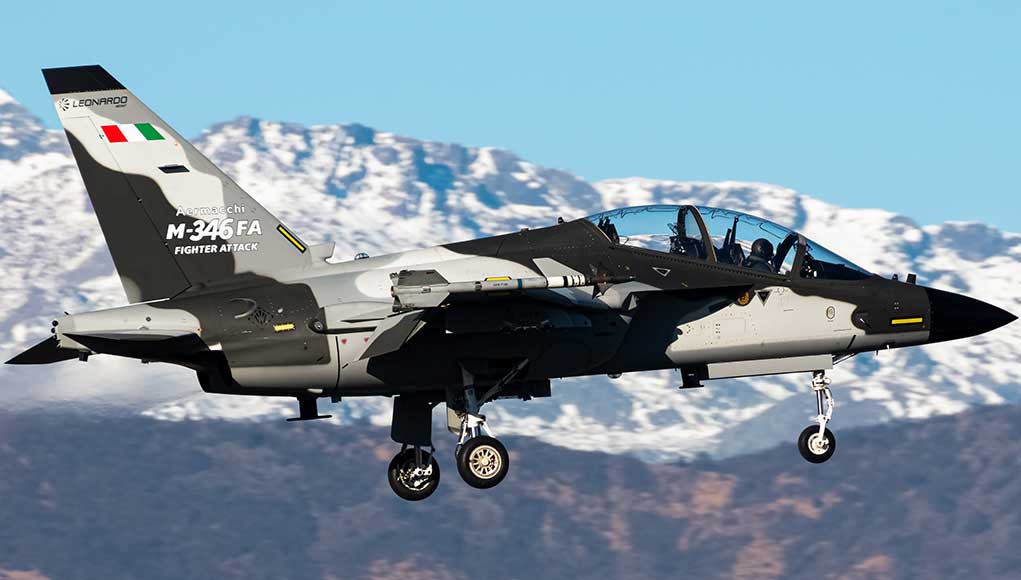 Austria Considers Joint M-346 Trainer Acquisition with Italy for Air Force Upgrade
Austria Considers Joint M-346 Trainer Acquisition with Italy for Air Force Upgrade
Austria is considering acquiring M-346 jet trainers with Italy to modernize its air force. Defense Minister Klaudia Tanner revealed interest in the M-346FA variant, which offers dual functionality for training and air surveillance/defense missions. This potential acquisition aims to fill the gap left by the retirement of Austria’s Saab 105 fleet in 2020. While alternatives like the L-39NG and T-7 are also considered, this initiative aligns with Austria’s recent trend of joint military acquisitions, such as the AW169M helicopter deal with Italy and the Embraer C-390 partnership with the Netherlands.
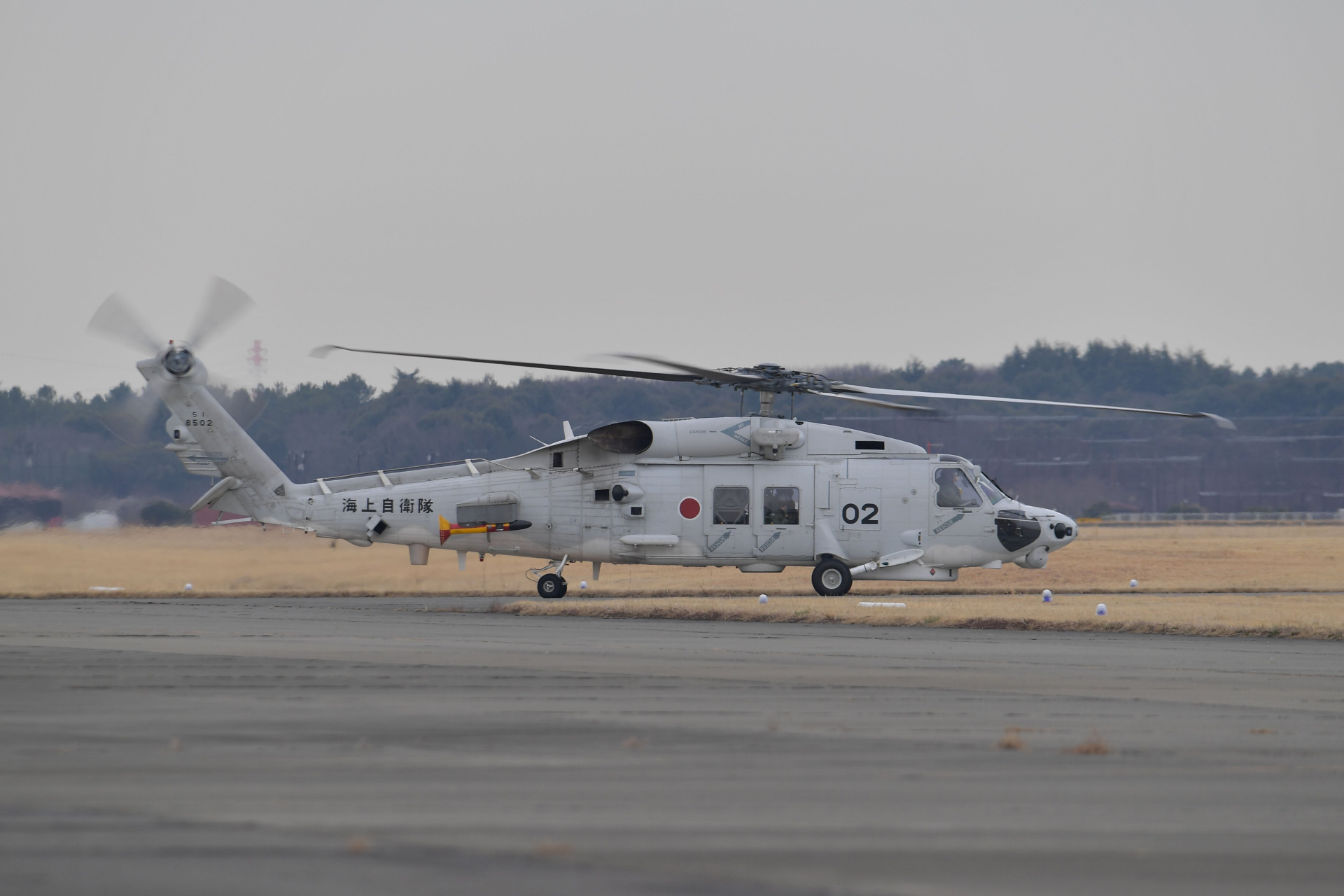 Japan Enhances Maritime Defense with $20.8M FLIR Camera Upgrade for SH-60L Helicopters
Japan Enhances Maritime Defense with $20.8M FLIR Camera Upgrade for SH-60L Helicopters
Japan has contracted Teledyne FLIR for $20.8 million to supply 10 Star SAFIRE 380-HLD multi-spectral imaging systems for its Mitsubishi SH-60L helicopters over three years. These advanced FLIR cameras combine high-definition visual and thermal video capabilities with laser technologies, enhancing Japan’s maritime threat detection, intelligence gathering, and reconnaissance capabilities in all weather conditions. Three initial units have been shipped to Tokyo for assessment. This acquisition is part of Japan’s broader initiative to modernize its maritime defense capabilities, replacing older SH-60K models and strengthening its ability to monitor territorial waters and outlying territories in response to regional security challenges.



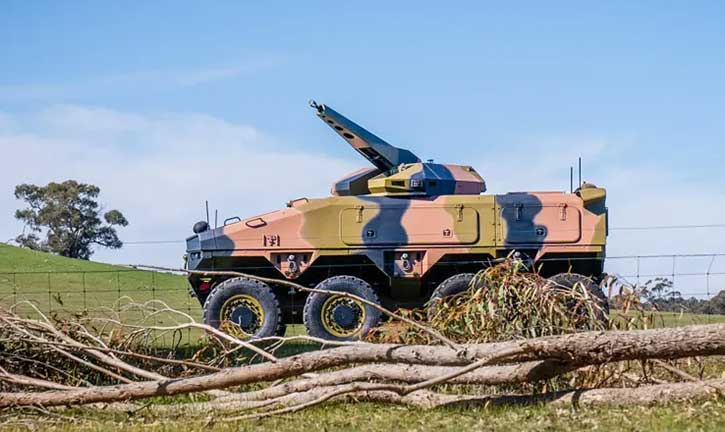
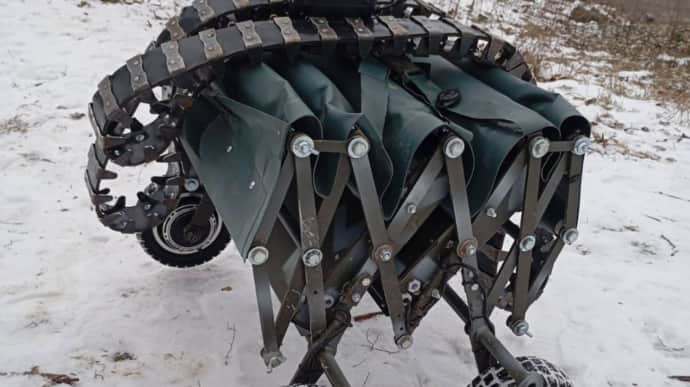 Ukraine Bolsters Combat Medical Capabilities with Unmanned Evacuation Vehicles
Ukraine Bolsters Combat Medical Capabilities with Unmanned Evacuation Vehicles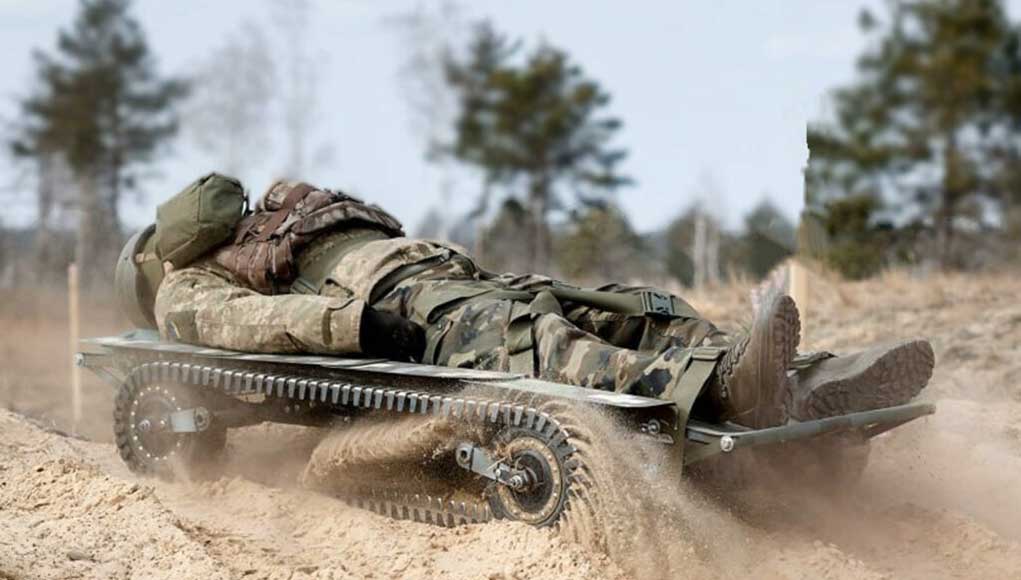 Piasecki’s Tilt-Duct VTOL Achieves First Hover, Advancing Military Aviation Technology
Piasecki’s Tilt-Duct VTOL Achieves First Hover, Advancing Military Aviation Technology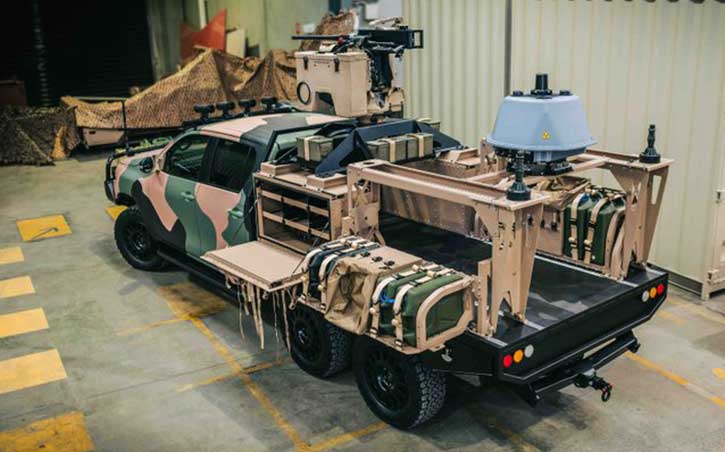 DroneShield and Supacat Debut Mobile Counter-Drone System at Land Forces 2024
DroneShield and Supacat Debut Mobile Counter-Drone System at Land Forces 2024


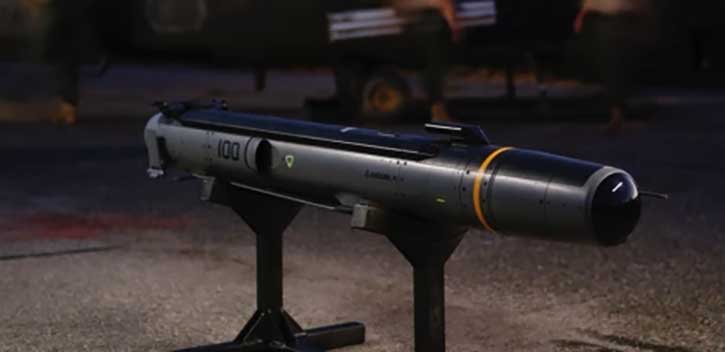

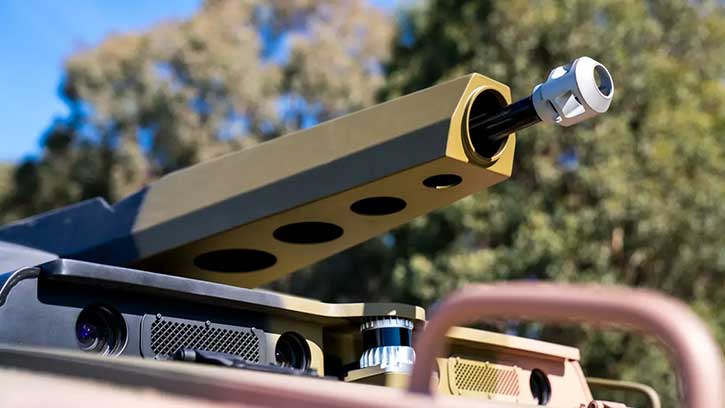



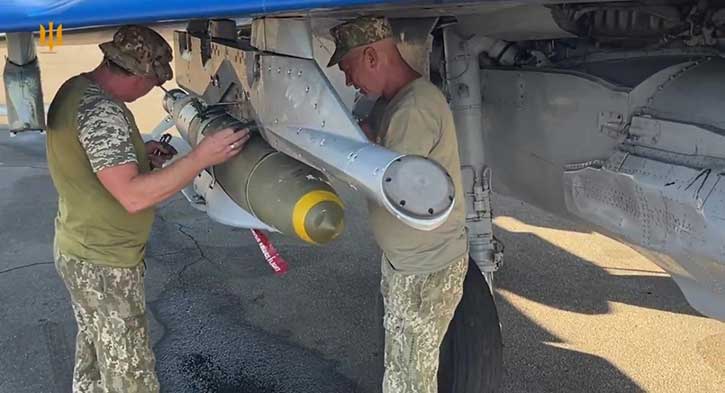

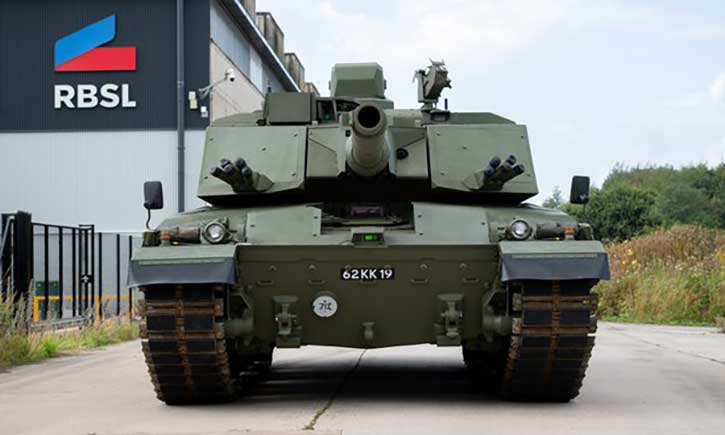
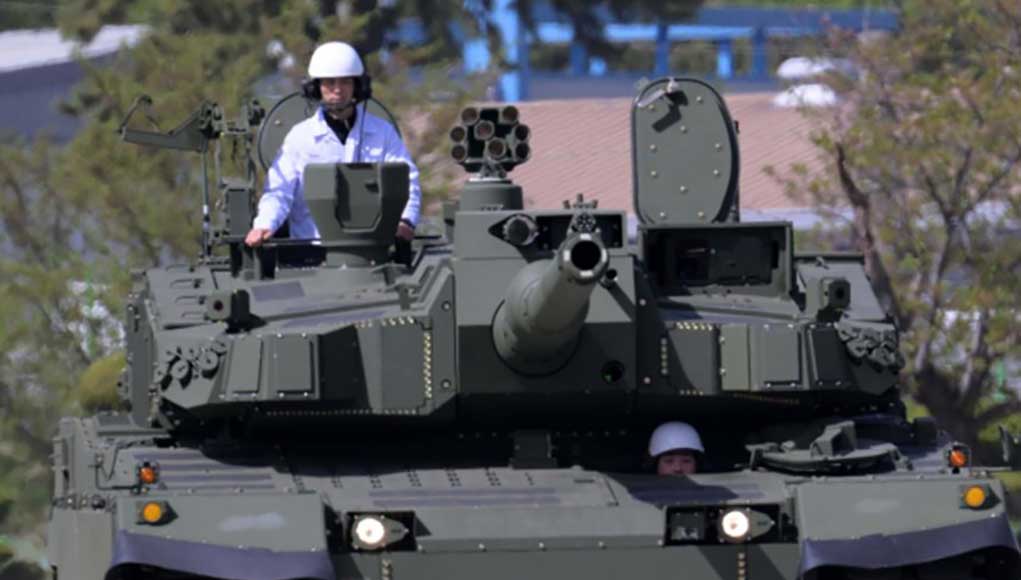



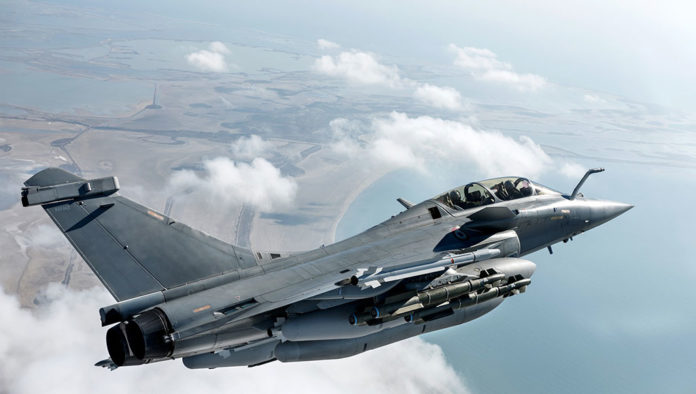
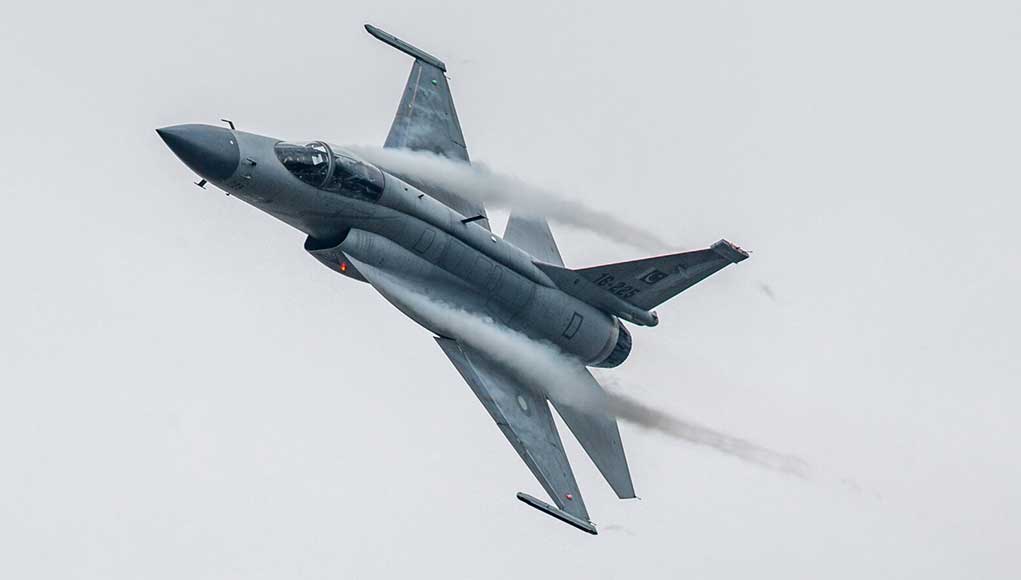
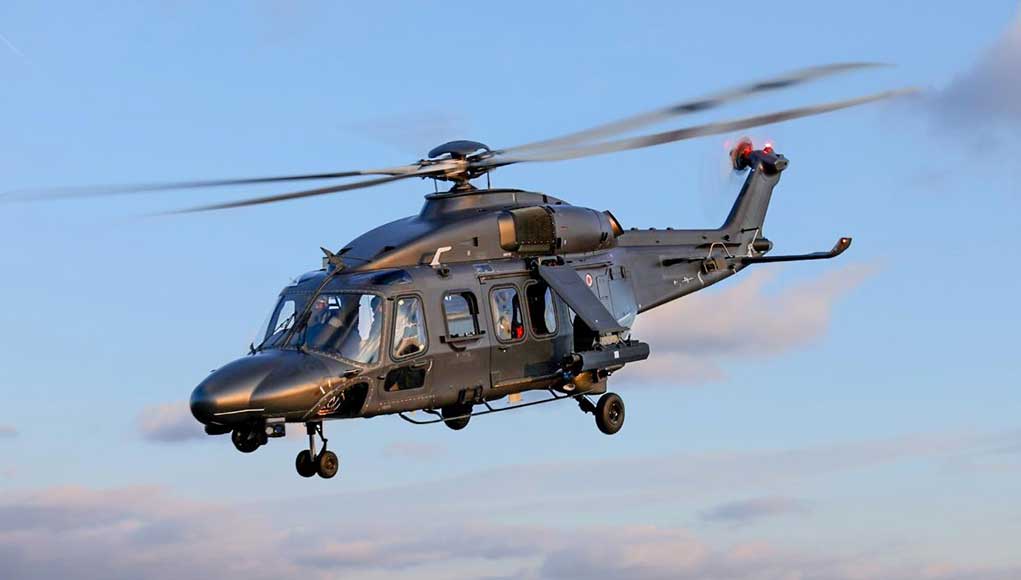
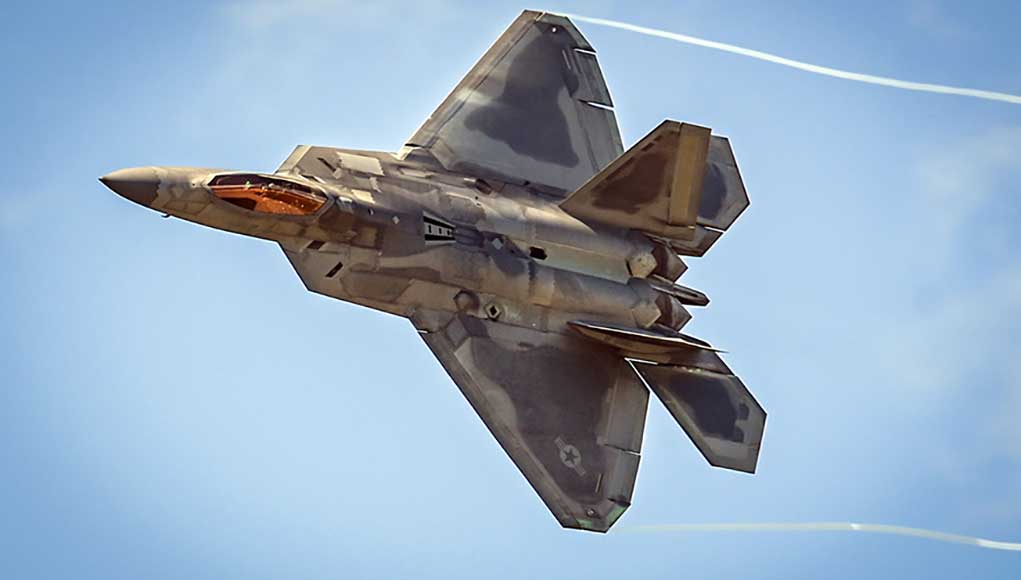 US Air Force and RTX to Upgrade F-22 Sensors
US Air Force and RTX to Upgrade F-22 Sensors
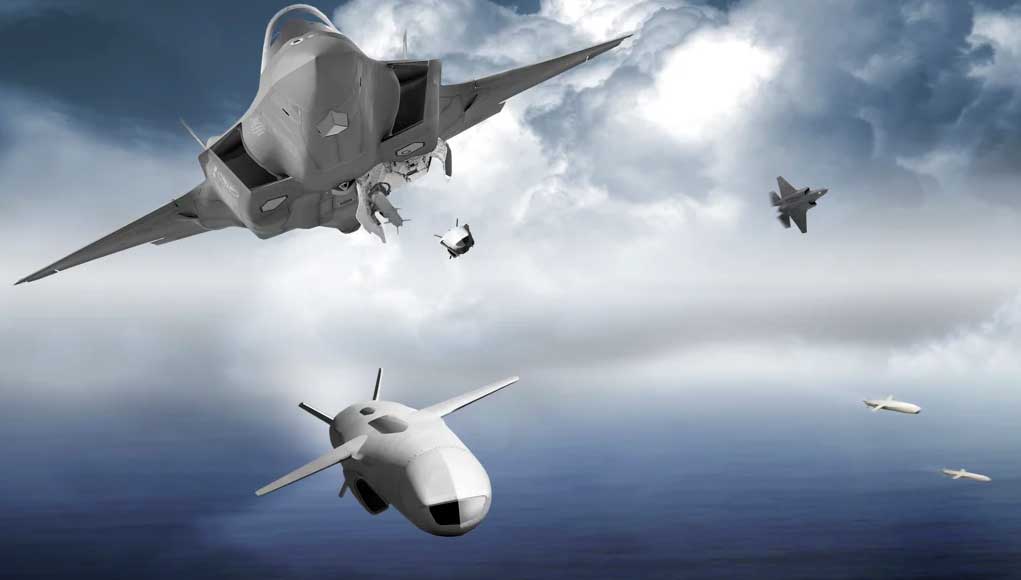 Kongsberg Secures $95 Million Order for JSM Missiles in Australia
Kongsberg Secures $95 Million Order for JSM Missiles in Australia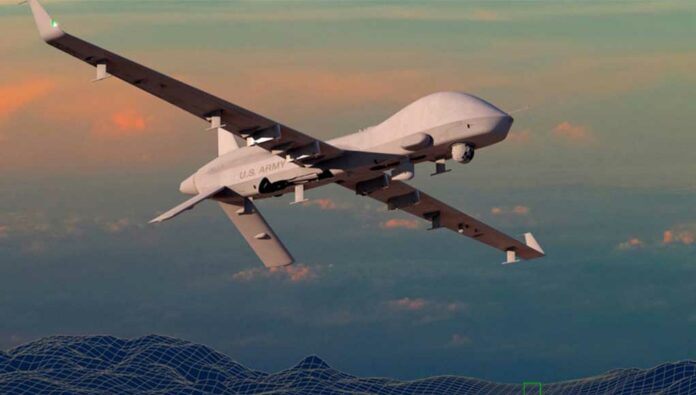
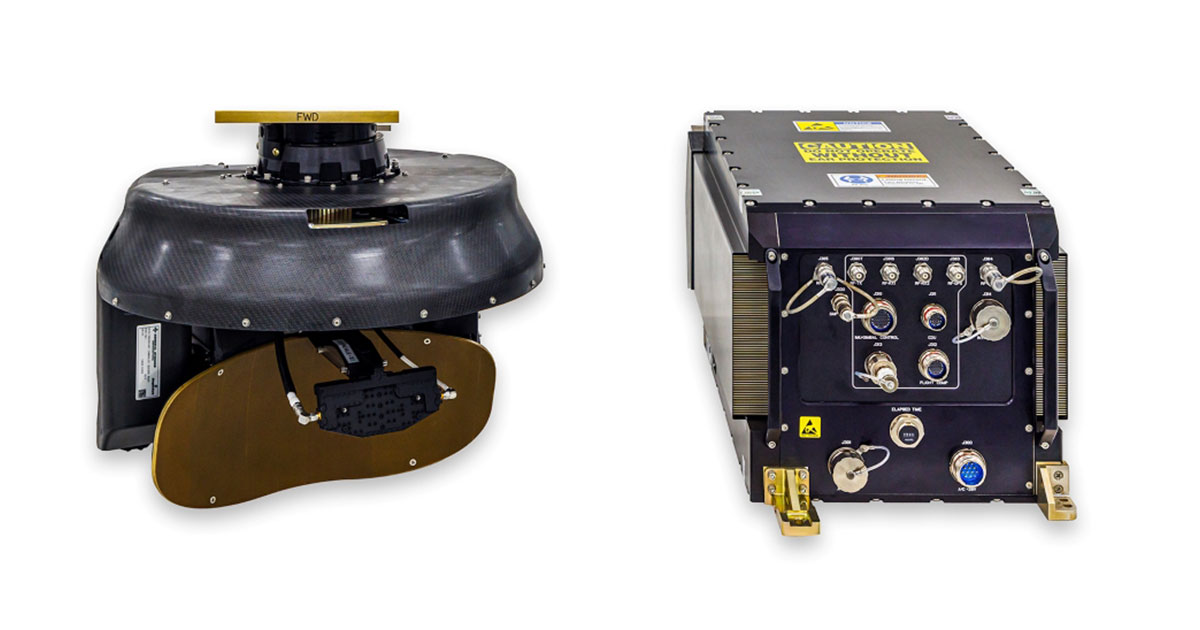 General Atomics’ EagleEye Enters Production
General Atomics’ EagleEye Enters Production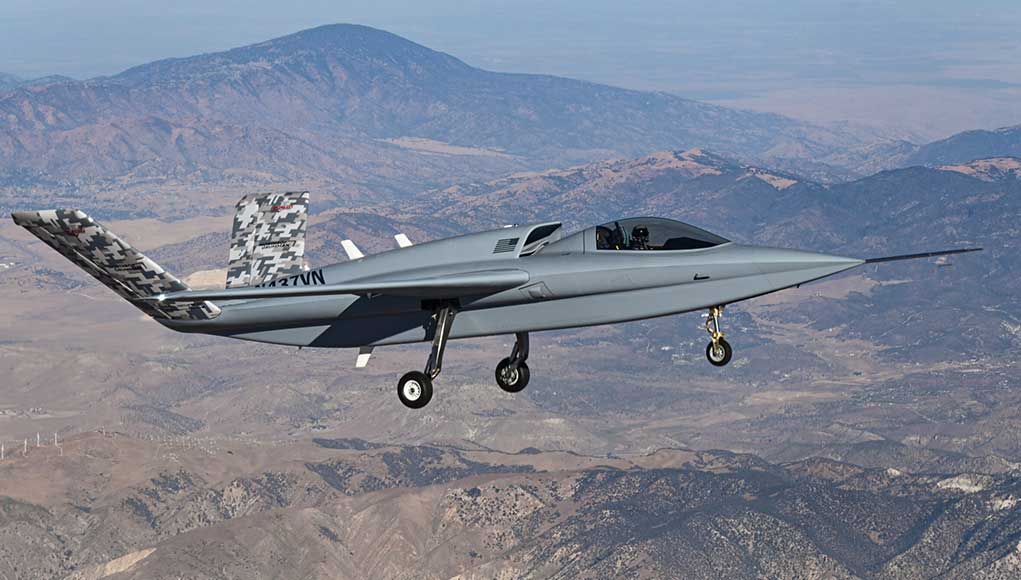
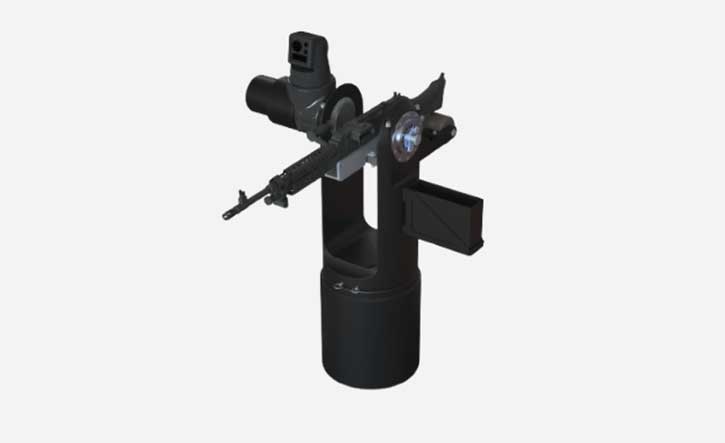
 New VTOL Drone from Attis Aviation
New VTOL Drone from Attis Aviation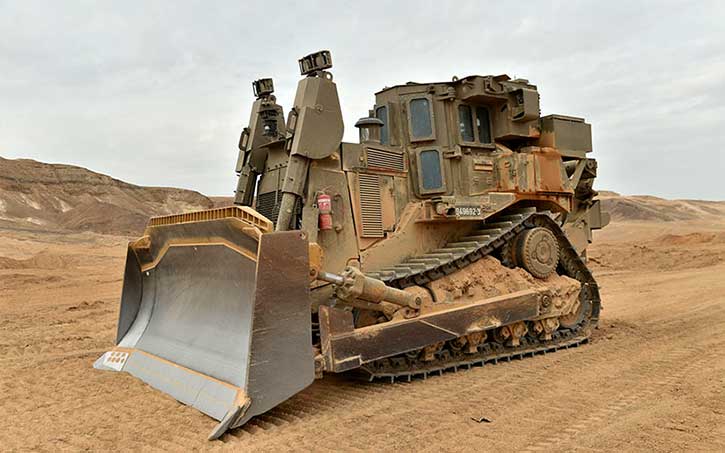
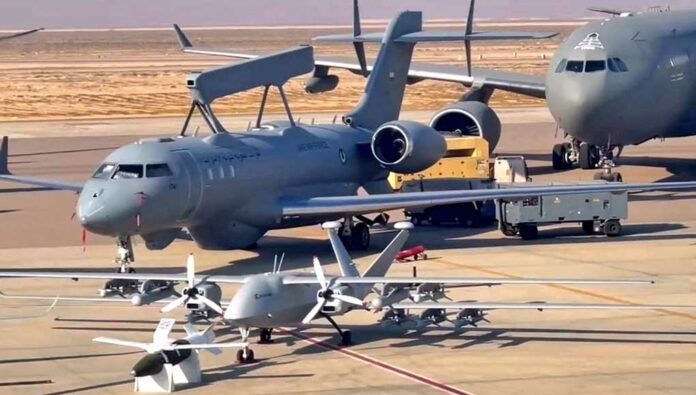
 MSPO 2024, Kielce, Poland
MSPO 2024, Kielce, Poland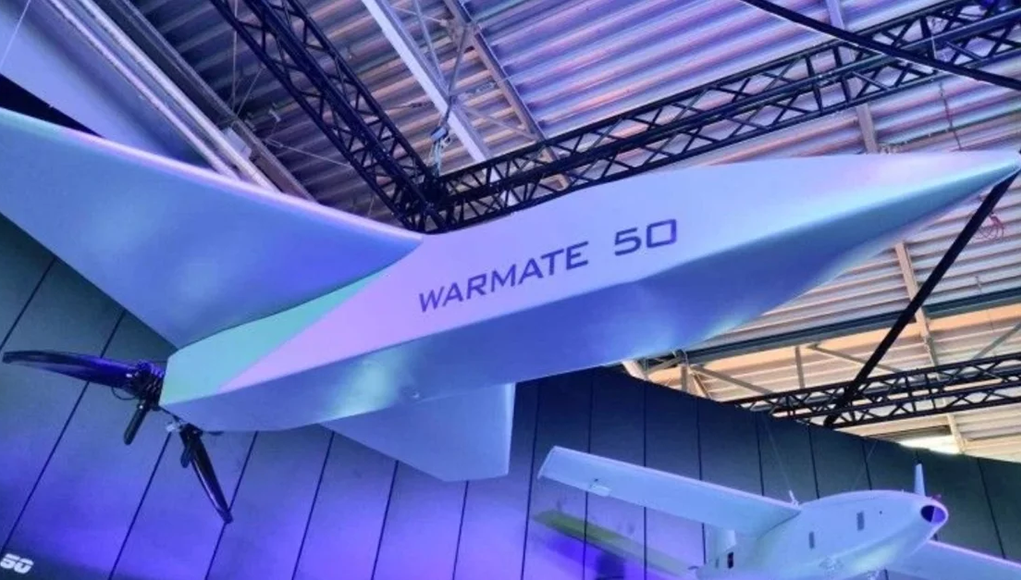
 PIAP Showcases a Casualty Evacuation Robot at MSPO
PIAP Showcases a Casualty Evacuation Robot at MSPO

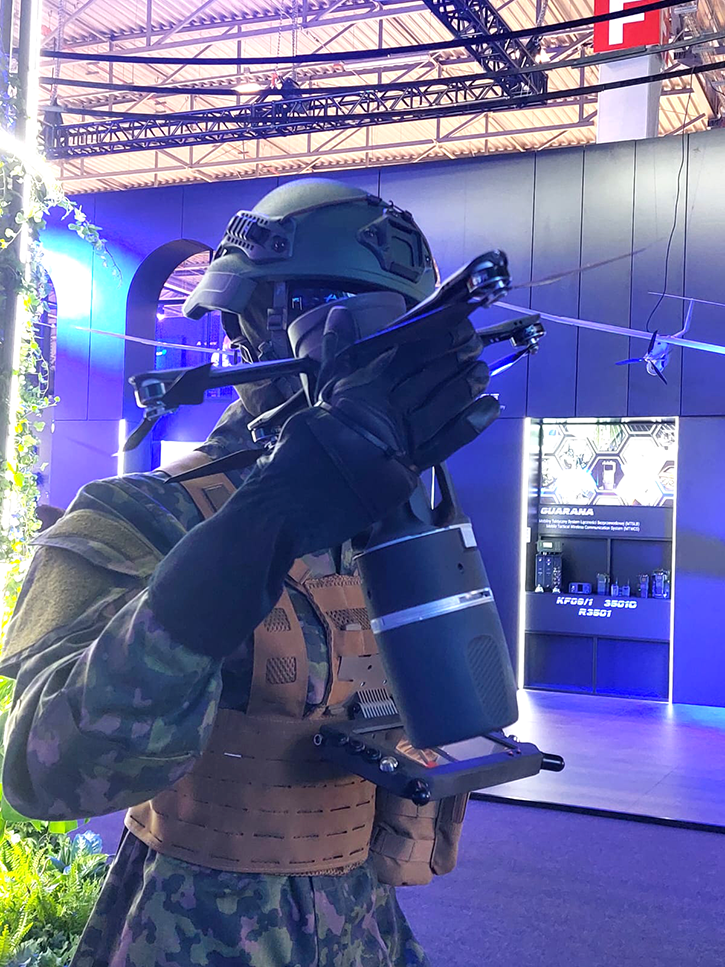 The company also showcased the Lewiatan tube-launched Warmate TL-R reconnaissance and loitering missiles. Unlike first-generation Warmate variants, the TL / TL-R is configured as an encapsulated system, with the wings and V-tail open after the vehicle clears the launch tube.
The company also showcased the Lewiatan tube-launched Warmate TL-R reconnaissance and loitering missiles. Unlike first-generation Warmate variants, the TL / TL-R is configured as an encapsulated system, with the wings and V-tail open after the vehicle clears the launch tube.













